
September
Lawn & Garden Tips
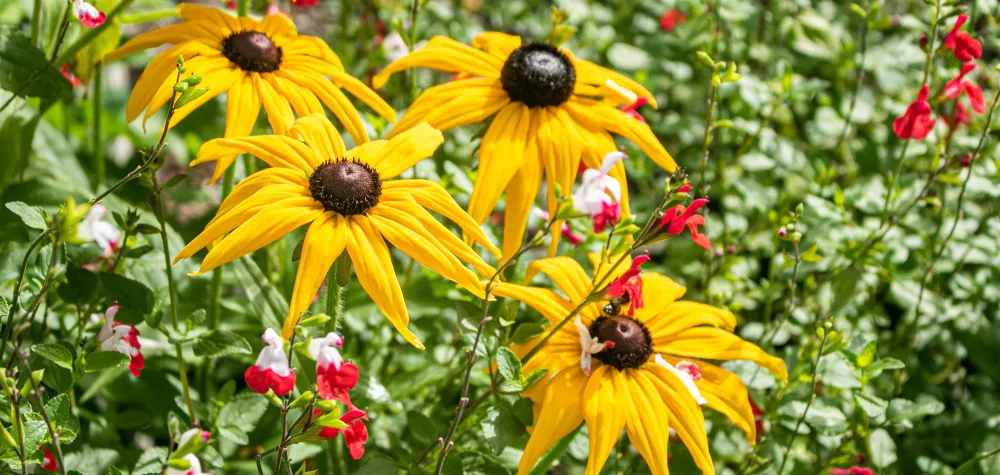
In the Garden
September garden transition: It's a month of change in the
garden as the summer heat starts to turn into cool fall nights. It's a time to
start changing your garden from warm-season plants to cool season plants and
add in flowers, foliage and décor that encompasses the charm of autumn.
Fall is for planting. Now's the very best time
to plant just about everything. Warm soil, cooler air and (hopefully) rain make
for well-established plants that really burst forth next spring.
Season color change out. After our hot, hot
summer, it's time to refresh with seasonal annual color. Cool-season flowers to
plant now are Mums, Snapdragon, Pansies, Violas, Stock, Poppies, Primrose,
Sweet pea, Cyclamen and more!
Plant bulbs. They're delayed
satisfaction, but flowering bulbs are such nice spring surprises. You'll be
glad you did. Bulbs are easy: dig, drop, done! There are lots of choices, but
Bearded Irises take our heat, take no care, are water-wise, and have spectacular
flowers. What more can you ask?
Perennials for fall color. These beauties
grace our garden each year and are a great way to transition your garden into a
fall look, attract pollinators and have an endless source of cut flowers. Our
favorite perennials for fall include echinacea, rudbeckia, aster, lantana,
yarrow and salvia.
Divide and transplant all types of perennials.
Ornamental grasses add movement and
interesting texture to gardens. The choices are amazing-from delicate, fine-textured
gems to bold, colorful statements. They're low care, dramatic and have a great
fall look.
Roses: Snip off old, spent roses to
redirect the roses energy into producing more blooms. Continue your rose
program and treat roses with Bonide Rose Rx 3-in-1 to keep your roses
fertilized while preventing bug and disease issues. This is especially
important around the coast where morning haze can foster fungus.
Vegetable Gardening
Tomatoes
& Peppers: Now that summer is over, it's time
to take out tomatoes and peppers to make room for cool-season vegetables. If
you haven't had enough tomatoes, there are fall tomatoes that can be planted in
early September for a late fall harvest.
Pumpkins
& Squash: It's almost time to harvest your pumpkins
and squash for fall feasts and decorating. Give your pumpkins and squash a
final does of fertilizer using organic E.B Stone Food.
Apply as directed and then water thoroughly. Pick when they are fully colored
and firm. To test, if your fingernail easily pierces or creates an indentation
in the skin, the pumpkin isn't ready to harvest.
Strawberries:
In California, strawberries can be grown nearly year-round. Now is the time to
plant strawberries for a fall/early window harvest. Strawberries are easy to
grow and can be planted in pots, the garden or even hanging baskets.
Lettuce,
Kale, Spinach & Leafy Greens: It's the start
of leafy green seasons! As temps start to cool, plant all your favorite greens
including lettuce, spinach, kale and chard. Leafy grows grow quickly and can be
planted from a starter plant or even seed. Plant in the garden or a pot and
place in full sun.
Broccoli,
Cauliflower & Cabbage: Mid to late September is the time to
plant broccoli, cauliflower and cabbage in the garden so they are ready for
cool season soups and side dishes. Plant in full sun in the garden from starter
plants or seed.
Root
Vegetables: Hearty and full of nutrients, now is the
time to plant all the root vegetables including carrots, beets, radishes,
turnips and kohlrabi. To get the biggest, best crop plant in the garden in full
sun.
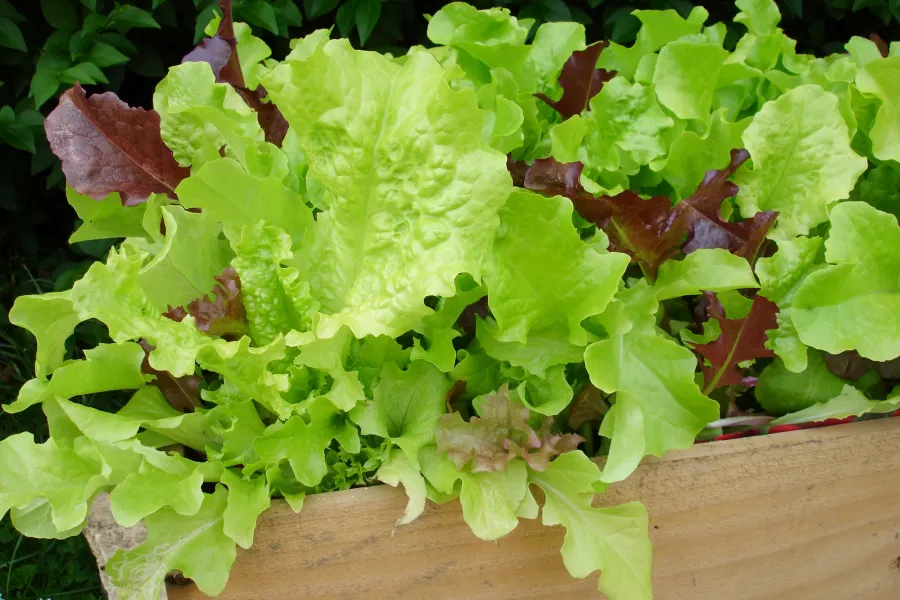
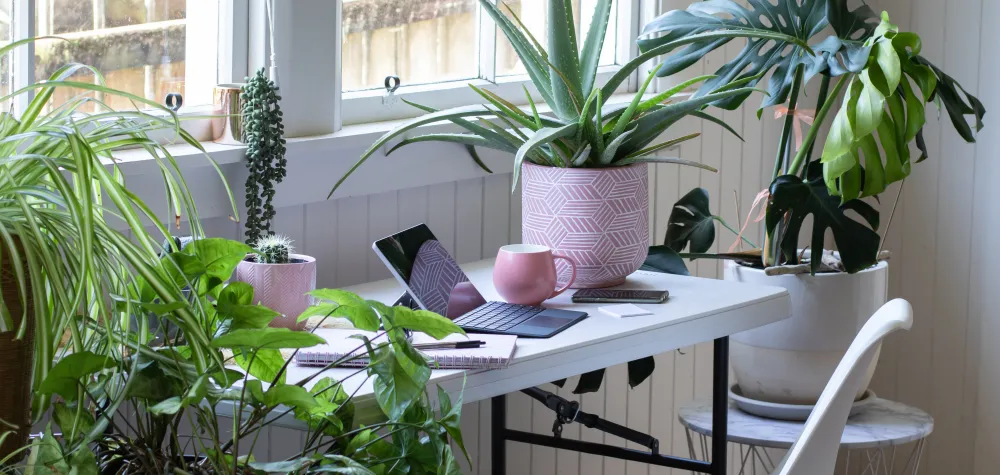
In the House
Reduce watering for
houseplants. Warm homes and moving air (that's your AC) mean
houseplants dry out faster. Come mid-September, you may need to water less.
Signs that houseplants are receiving to much water include yellowing leaves,
squishy leaves or brown edges or spots on the leaves. Also, if you start seeing
pests in the soil that's a sign it's receiving too much water.
Fall flare. Decorate your home for call
with houseplants in tones of red, orange and gold. Some of our favorite
houseplants for fall include crotons, aglaonema, calathea and rex begonias.
Feeding time. Most houseplants are still
actively growing so continue your feeding schedule. If you're not on a
regular fertilizer schedule no problem. Stop by your local Armstrong and we can
get you started.
Trim them up. Give your houseplants a
clean up and trim off any spent or damaged foliage or branches. Also, remove
any foliage or blooms that have fallen to the plant to keep them clean and
tidy.
Houseplants sometimes need to
be tossed. Remember, tropical plants weren't created to be indoors-we
just use them that way. After time, they can become thin, pale, and straggly.
Replace them-it's ok. You'll be glad you did.
Lawn Care
Cut it. Keep your lawn cut and clean.
Water time. It can still be quite hot as
we transition into fall and your lawn is thirsty. Remember to water wisely
being sure to water between 5-9am and water until just before you see runoff.
This time of year watering twice a week is enough.
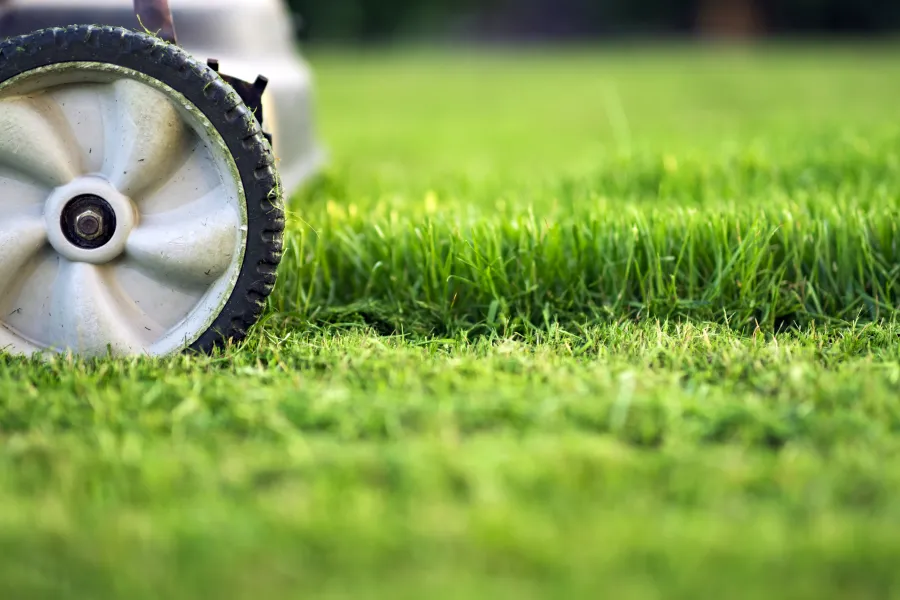
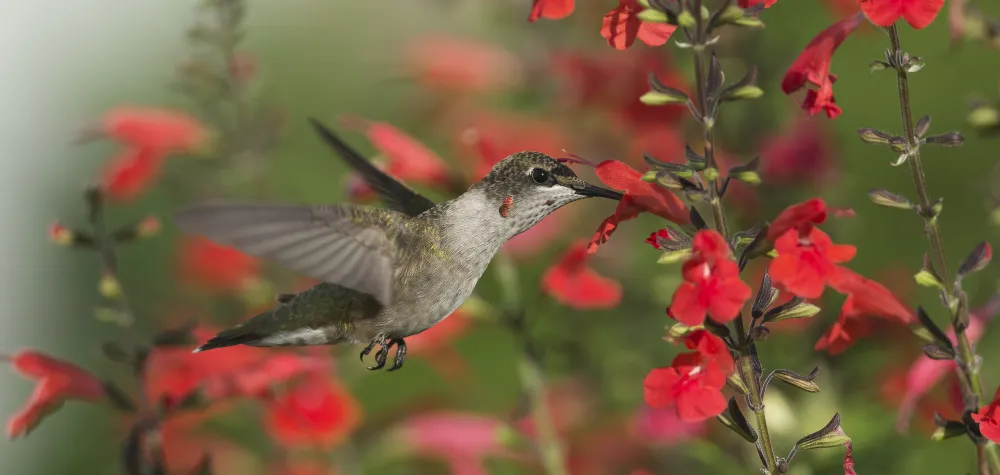
Bird Time
Water time. This time of year, birds may
have more trouble finding water to drink and bathe in. Be sure to keep your
birdbaths full and clean out the water weekly.
Let them feast. While the garden has good
food sources this time of year with all the blooms and plants starting to go to
seed it's still a good idea to keep feeders full.

